Lap winding is suitable for high current and low voltage generators while wave winding is suitable for high voltage and low current generators.
>Lap winding is suitable for high current and low voltage generators while wave windings is for high voltage and low current generators, it is because lap winding carries more current as it has more parallel paths than wave winding.
A self excited generator fails to excite if driven at too low a speed.
>A self excited generator fails to excite if driven at too low speed because at too low speed no voltage will be induced in the armature winding, there will be no field current in the field winding and consequently it will fail to excite.
Shunt motors are considered constant speed motors.
>Shunt motors are considered as constant speed motors because in a shunt motor sometimes the armature reaction is sufficient to cause the speed to remain merely constant through the speed decreases slightly with the increase in load.
The terminal voltage of a dc generator can be kept constant by compounding the generator.
>In a compound generator both series and shunt winding are placed on each field pole. The series winding is so connected in that the flux produced by it aids the flux produced by shunt winding. As the load current increases the flux produced by the series winding compensates for the loss of the flux due to armature reaction. Consequently, the terminal voltage of the generator remains constant.
Two shunt generators operating in parallel tend to remain in stable equilibrium.
>Two shunt generators operating in parallel tend to remain in stable equilibrium even if the load changes because of the natural tendency of shunt generator to fall in terminal voltage when the load increase. This property tends to ensure stable operation.
A dc motor adjusts its input automatically to match the load on the shaft.
>The presence of back emf (Eb) or counter emf makes the dc motor a self regulating machine, i.e. it makes the motor to draw as much armature current as is just sufficient o develop the torque required by the load. Armature current, Ia = (V-En)/Ra, where V= applied voltage and Ra= armature resistance. Thus a dc motor adjusts its input automatically to match the load on the shaft.
Express the various quantities of transformer and other electrical machines in per unit system make the analysis easy.
>An important factor in the design and operation of electrical machine is the relation between the life of the insulation and the operating temperature of the machine. Therefore, temperature rise resulting from the losses is a determining factor in the rating of a machine. We know copper loss in a transformer depends on current and iron loss on voltage, thus the various quantities of a transformer and other electrical machines must be expressed in per unit system to make the analysis easy.
The reactance of the rotor varies widely between starting and running conditions.
>When the rotor is stationary slip, s=1. This means that rotor sees the full line frequency i.e. f’=f (f=supply frequency) and thus its reactance is high. On the other hand when the induction motor is in normal running condition, the rotor frequency (=f’) is low so is the rotor reactance. Thus the reactance of the rotor varies widely between starting and running conditions.
The rotor of a three phase induction motor rotates in the same direction as the rotating field produced by the stator flux.
>The current carrying rotor conductors are placed in the magnetic field produced by stator. Consequently, mechanical force acts on the rotor conductor produces a torque which tends to move the rotor in same direction as the rotating field.
The condition prevailing in the blocked rotor test of three phase induction motors resemble those of a transformer whose secondary is short circuited.
In the block rotor test of a 3 phase induction motor, measurements are made on the high voltage side and the low voltage side is short circuited so as to get a convenient current which are the same conditions applied in the case of the short circuit test of a transformer. Thus they are said to be resembled each other.
A 3 point starter often trips when the speed control of the dc motor is carried out by shunt field control.
>In a 3 point starter, the no volt release coil is connected in series with the shunt field shunt field circuit so that it carries the shunt field current. When the speed control of the dc motor is carried out by shunt field control, the field current may be weakened to such an extent, at which the no volt release coil may not be able to keep the stator arm in the on position. Thus, a 3 point starter often trips when the speed control is carried out by shunt field control.
The primary of a transformer draws more current when the load on the transformer increases.
>When a transformer is loaded and carries a secondary current I2, then current I1 must flow in the primary to maintain the mmf balance. In other words, the primary must draw enough current to neutralize the demagnetizing affect of the secondary current so that neutral flux remains constant. Thus as secondary current increases the primary current increases in unison and keep the neutral flux constant.
In the open circuit test of transformer, the instruments are placed on the LV side, while in the short circuit test, these are placed on the HV side.
>In the OC test of transformer, the instruments are placed on the LV side because if measurements are made on high voltage winding, the current would be inconveniently small and the applied voltage inconveniently large. While in short circuit test the instrument is placed on the HV side just for the reverse case, i.e. if the instrument is placed in the LV side the current produced will be inconveniently high and the voltage inconveniently low.
A dc series motor should not be switched on without a load on its shaft.
>A dc series motor should not be switched on without a load on its shaft because at light or no load, the motor tends to attain dangerously high speed. So, it is also called variable speed motor for this reason. The motor has a high starting torque.



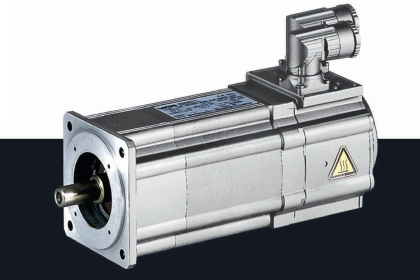
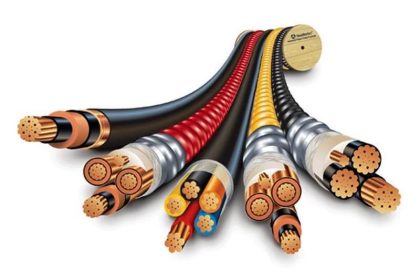



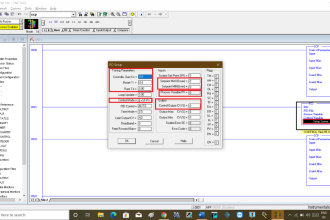
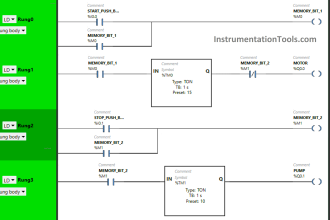


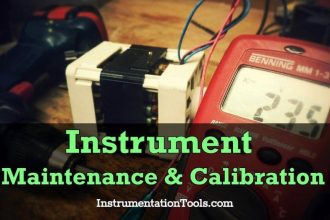
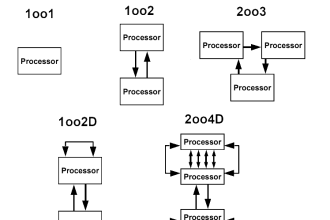

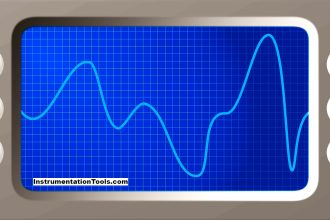

nice information